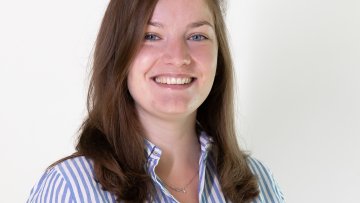The Friedl-Tillmann polytope
Abstract
I will introduce the Friedl-Tillmann polytope for one-relator groups, and then discuss how it can be generalised to the Friedl-Lück polytope, how it connects to the Thurston polytope, and how we can view it as a convenient source of intuition and ideas.


